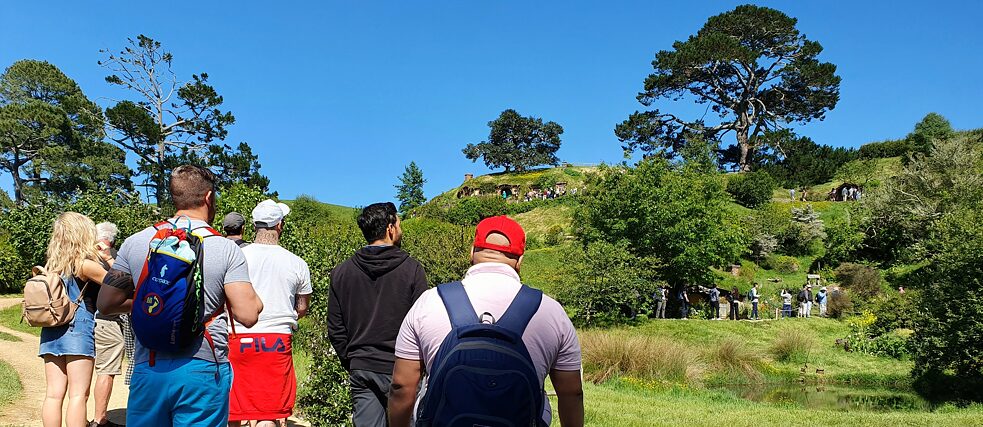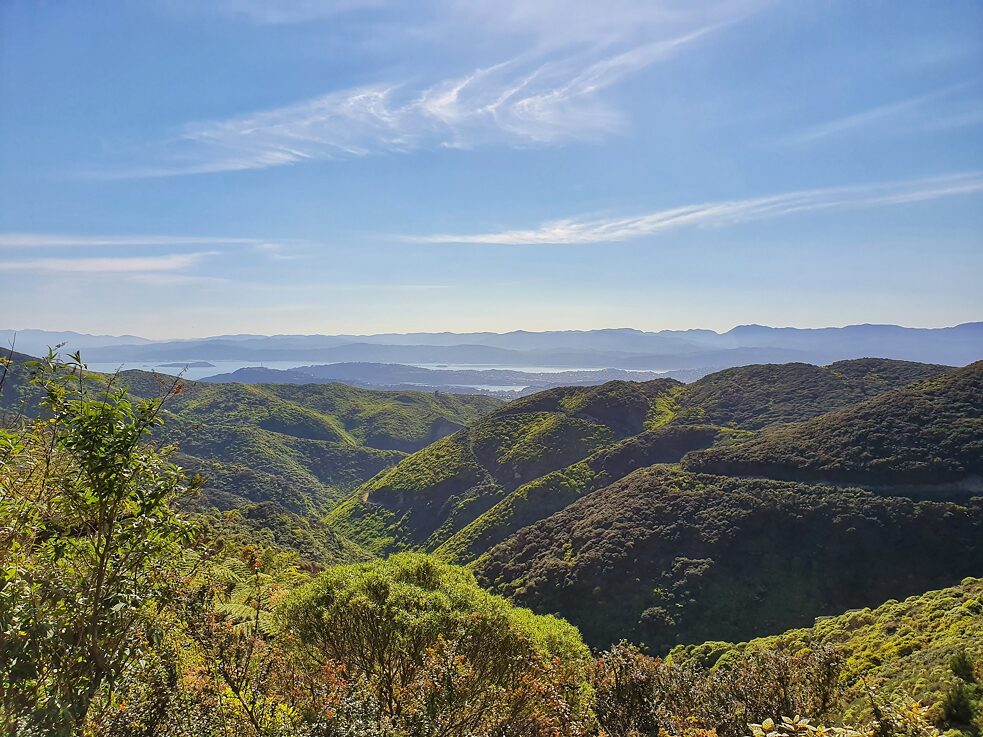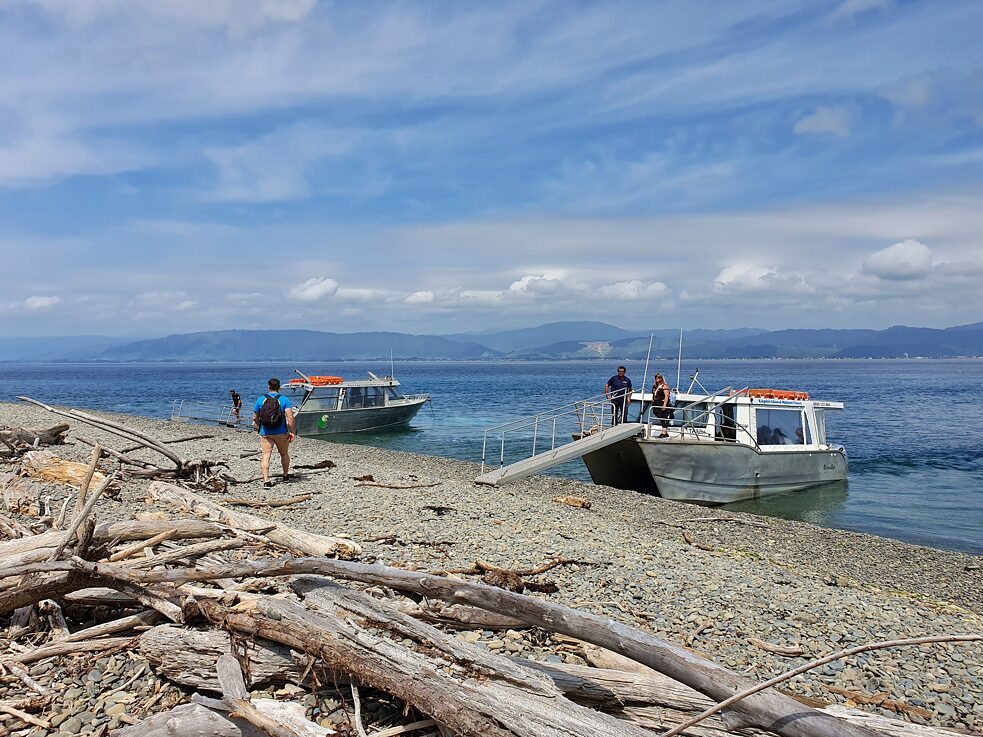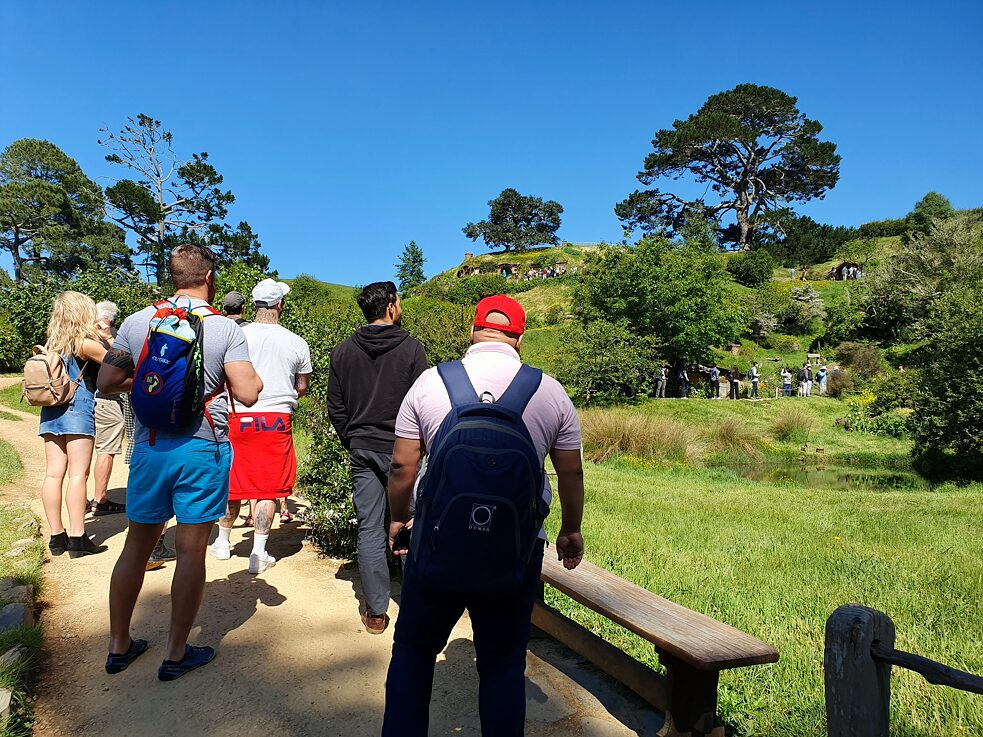Sustainable Tourism
How New Zealand Tourism Is Commiting To Sustainability

With New Zealand aiming to achieve NZ$41 billion in annual visitor expenditure by 2025 there is going to be an increase in visitor numbers. And it was established early on that achieving the goal earlier than expected with the expenditure for the year ending in March 2018 reaching NZ$39.1 billion. But if this goal is achieved will it be for the benefit of locals if the attitude is to reach the goal ‘at all costs’?
By Jordan Bryant
Because when a ‘growth at all costs’ approach is used, the results tend to end up in places that become unattractive to tourists away such as Sihanoukville in Cambodia or places need to be shut down entirely to save the place like the Philippines did with one of the most highly rated islands in the world, Boracay. With a small island and limited infrastructure, the increase in tourism was too rapid for the facilities to handle.
No one wants this, and that’s where Tourism Industry Aotearoa (TIA) have stepped in. As of May 2019, the growth goals have been adjusted to put the emphasis on sustainable growth on the way to 2025.
They created “The New Zealand Tourism Sustainability Commitment” which wants every New Zealand tourism business committed to sustainability by 2025. If this outcome is achieved, the vision for New Zealand to be a world leader in sustainable tourism will happen.
- Economic
- Visitor
- Host Community
- Environment
Having signed up 1300 businesses as of November 2019, they’ve not just put superficial words on a page but have taken action.
It’s simple enough for a business to sign up via sustainabletourism.nz by filling out the form. When they do, they’ll receive a certificate noting they’ve made a pledge to the Tourism Sustainability Commitment and can use the sustainable tourism logo on their website.
But can businesses use this logo as false signalling? How are they going to be held accountable?
TIA Sustainability Advocate Megan Williams said there was more of an emphasis on the pledge, and hoped that businesses wouldn’t manipulate the goodwill involved. And because a business has made a pledge, it doesn’t matter that they aren’t following the 14 commitments by the letter right away. But they understand that every business needs to get involved in order for New Zealand to become a world leader in sustainable tourism by 2025.
There will be an annual TSC survey run each year which will help TIA understand what is and isn’t working for businesses who have signed the pledge along the way and will support them as needed. The main measurement of progress will be looking at the changes in the uptake of each of the commitments.
In the meantime, there are dozens, if not hundreds of examples of New Zealand companies leading the way, many of which are celebrated and documented on the Sustainable Tourism website for other businesses to learn from.
There’s Air New Zealand who now use coffee cups made from plants, not plastic. Discover Waitomo committing to banning single-use plastic by 2021, and the Shotover Jet redesigning their jetboats with sustainability at the forefront of their plans.
New Zealand has long been a country that thrives on innovation, unable to rely on scale and manufacturing ability like larger countries can. Again, innovation from all tourism stakeholders in New Zealand will be vital in helping achieve the vision set by Tourism Industry Aotearoa.


